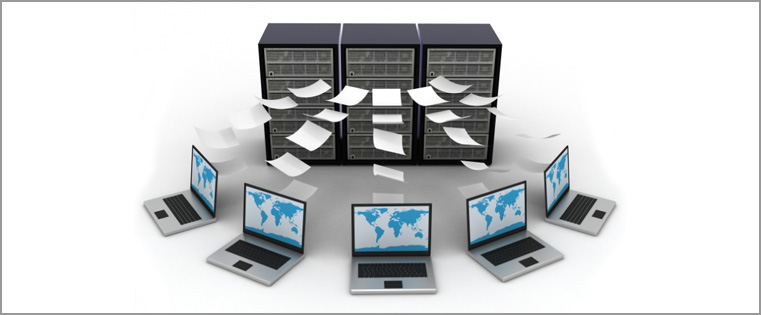Choosing the Right LMS: 6 Essential Aspects You Can’t Ignore

Buying a learning management system (LMS) is a big decision and an important investment for many organizations. Its success or failure depends on how well it handles an organization’s training requirements and aligns with its business goals. Here are 6 essential aspects to keep in mind when choosing an LMS.
→ Download Now: State of Learning (Now and Beyond) [eBook]
- When classroom training is moved online, an LMS plays a very crucial role in managing training. While each LMS has its unique features and benefits, they have several common benefits that you must be aware of so that your business, administrators, and learners can gain maximum advantage from the one you choose.
- If you already have an LMS but are disappointed with it because it does not meet your requirements, you might want to consider replacing it.
- The type of LMS that you choose will also depend on the type of training you need it for. While a simple Learning Management System (LMS) is sufficient to train your internal employees, a more sophisticated one may be needed to train your geographically-dispersed workforce. Large organizations and conglomerates that choose to decentralize their training can even choose to invest in more than one LMS.
- Other important factors that must determine your choice include the budget at hand, amount of time you have, to explore the LMS market before your first course is rolled out, the number of employees who will be trained, security issues and concerns your IT department might have, IT support, and your future requirements.

A Bird’s Eye View of What Top-Performing L&D Teams are Doin
- Aligning Learning Strategy with Business Strategy
- Developing Business Skills for the Future
- Investing in the Right Technology
- Much More
- Finally, how you choose to deliver your eLearning will also play an important role in determining your choice of LMS. Delivery can be online (with continuous Internet access being essential), offline (no requirement of Internet), delivered via mobile devices (mobile learning/mLearning), synchronized, or asynchronized.
- Know your choices. There are several types of LMSs ranging from cloud and installed, to open source and commercial. Even a basic knowledge of these, prior to meeting vendors, will help you make a better choice.
A common reason that organizations end up unhappy with their choice is that they fail to consider these aspects in detail. It’s quite simple – the closer you match the LMS to your requirements, the better a fit it will be.





